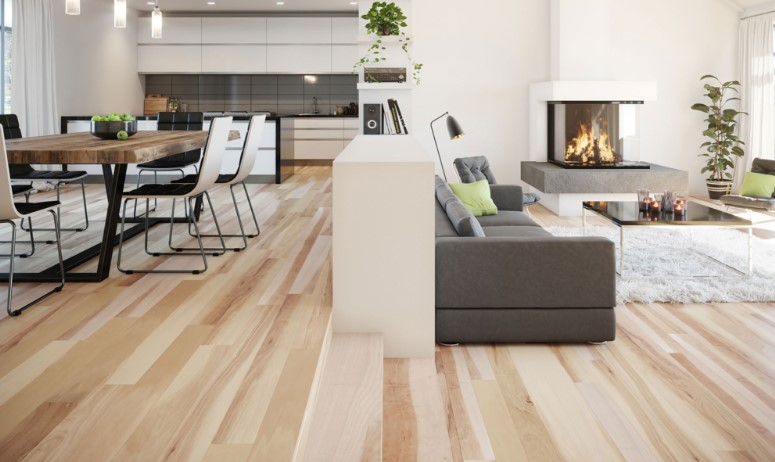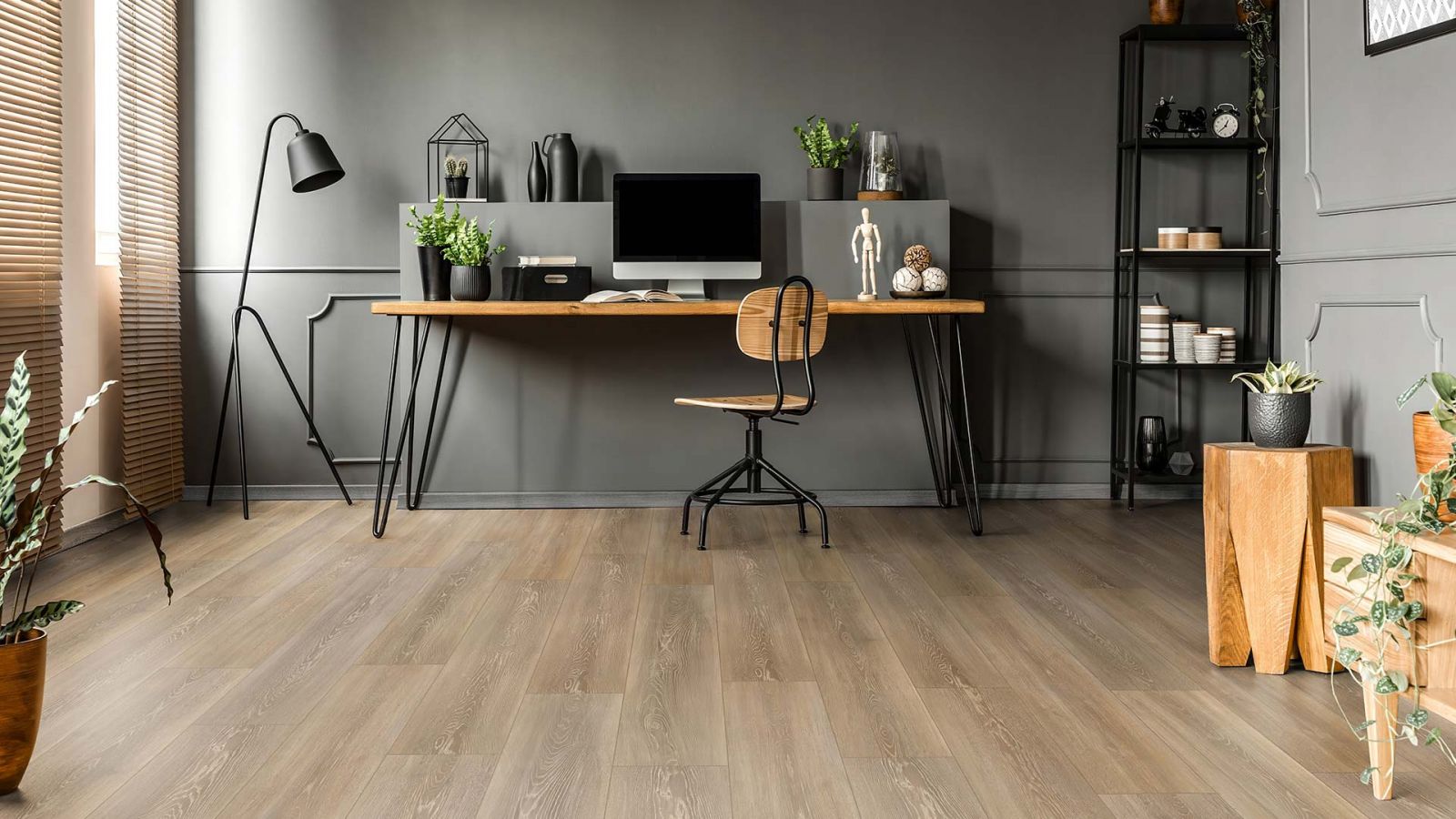
Where Does Your Flooring Come From?
March 20, 2024
While we’re thankful to be in beautiful BC, Canada – in today's globalized world, flooring materials come from diverse corners of the globe, each with its unique attributes and specialties. From the hardwood forests of North America to the bamboo groves of Asia, the origin of flooring materials significantly influences their characteristics and applications.
In North America, especially the United States and Canada, hardwood floors are predominant. These regions are renowned for their vast forests of oak, maple, and hickory, which provide durable and aesthetically pleasing wood flooring. North American hardwood is known for its strength and versatility, making it a popular choice for both residential and commercial spaces.

Moving to South America, we find another rich source of hardwood. Brazilian cherry and tigerwood are notable exports. These exotic woods are prized for their striking color variations and extreme hardness, often used in luxury installations.
Asia contributes notably through its bamboo and teak productions. Bamboo flooring, primarily sourced from China, is celebrated for its sustainability and rapid renewability. It's a go-to choice for eco-conscious consumers. Bamboo flooring, while sustainable and attractive, struggles in certain climates due to its natural composition. In very dry climates like the Okanagan or far too humid environments, bamboo can warp or crack, as it's sensitive to changes in moisture and temperature.
Europe, particularly Germany, stands out in the flooring industry for its high-quality manufacturing standards and technological innovations. German flooring, especially laminate and engineered wood options, is renowned worldwide for its precision engineering, durability, and environmental sustainability. What sets German flooring apart is its strict adherence to quality and environmental standards. German manufacturers often employ cutting-edge technology in their production processes, resulting in flooring that is not only aesthetically pleasing but also durable and long-lasting.

The benefits of German flooring are many. Firstly, the quality control ensures that the flooring is free from harmful chemicals and pollutants, making it a safer choice for homes and businesses. Additionally, the precision engineering involved in German flooring production means that the planks fit seamlessly together, reducing installation time and potential for errors. This precision also contributes to the longevity of the flooring, as tightly fitted planks are less prone to damage and wear.
Also, German flooring often incorporates innovative designs and textures, offering a wide range of styles from traditional to contemporary. This versatility means that there's an option to suit any design preference.
Whether it’s European-made floors you’re interested in, or from anywhere else – we can help, please visit us!
